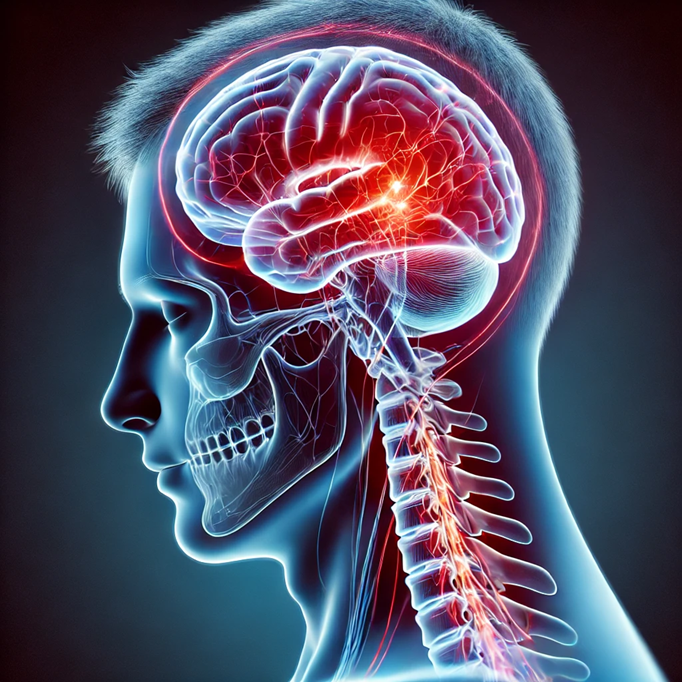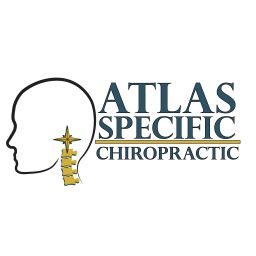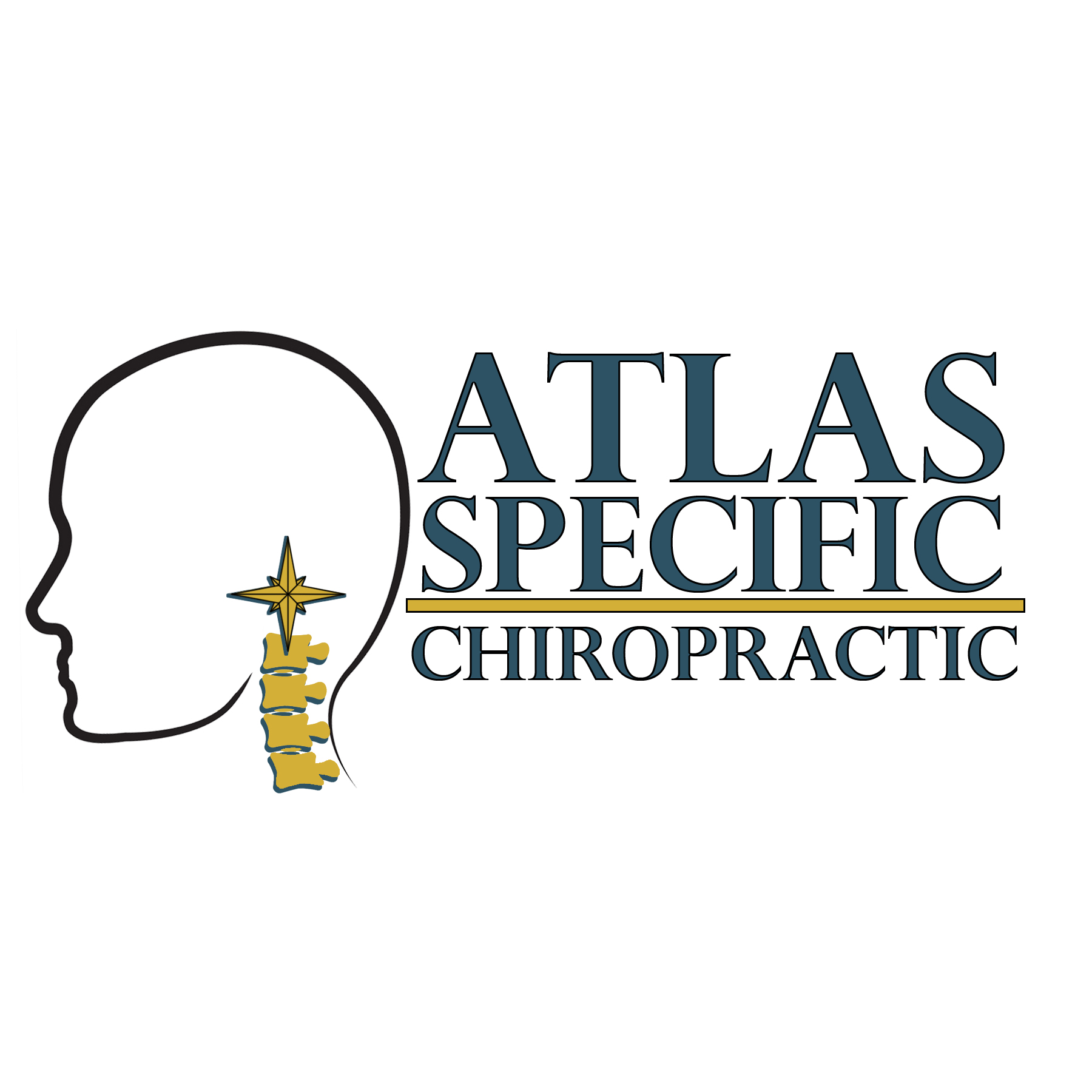


Migraines
Lasting Migraine Relief Through Gentle, Precise Upper Cervical Care
Understanding Migraines
Migraines aren’t just “bad headaches.” They’re a neurological condition that can dramatically affect your ability to work, focus, and enjoy daily life. People who suffer from migraines often describe intense, throbbing pain that can last for hours or even days — often accompanied by nausea, dizziness, and sensitivity to light or sound.
While medications may help mask symptoms temporarily, they don’t address why migraines keep coming back. At Atlas Specific Chiropractic in Hiawatha, IA, we specialize in uncovering the root cause behind migraine patterns by evaluating how the upper cervical spine — the top two bones in the neck — may be affecting your nervous system and blood flow.
What Makes Migraines Different
Unlike ordinary headaches, migraines involve a complex interaction between your brain, nerves, and blood vessels. During a migraine episode, changes in blood flow and nerve sensitivity can trigger severe pain and other symptoms such as:
-Pulsating pain on one or both sides of the head
-Visual disturbances (auras or flashing lights)
-Nausea or vomiting
-Dizziness or balance problems
-Sensitivity to light, sound, or smells
These symptoms often start deep within the nervous system — and the upper cervical spine plays a crucial role in regulating that system’s function. Even a slight misalignment in the atlas (C1) or axis (C2) vertebrae can interfere with normal communication between the brainstem and body, leading to the neurological instability that drives migraine episodes.
The Upper Cervical Connection
Your brainstem, located where the brain and spinal cord meet, is protected by the upper cervical vertebrae. When these bones shift out of alignment due to stress, injury, or posture, they can irritate nerves and restrict blood flow to the head. Over time, this can create the perfect environment for migraines to develop or worsen.
At Atlas Specific Chiropractic, we use advanced diagnostic tools such as Tytron thermographic scans and 3-view precision x-rays to detect even the smallest misalignments — down to one one-hundredth of a degree or millimeter. This allows us to deliver targeted corrections using the AHKC (Advanced HIO Knee-Chest) technique, a gentle, non-invasive method that restores balance without twisting, cracking, or popping.
Once the alignment is corrected, the nervous system can function more freely — improving blood flow, reducing inflammation, and decreasing the frequency and intensity of migraine episodes.
How We Approach Migraine Care
Every patient’s migraine story is unique, which is why our process is fully individualized:
1. Consultation & Exam – We listen to your history and evaluate your posture, nervous system function, and upper neck alignment.
2. Functional Neurological Scans – Tytron thermography helps us identify nerve irritation patterns.
3. Precision Imaging – Three specialized x-ray views allow us to calculate your exact misalignment.
4. Gentle Correction – Using the AHKC technique, we restore alignment to promote natural healing.
5. Progress Tracking – Follow-up scans confirm improvements in nerve function and balance.
Many migraine patients experience fewer episodes, reduced intensity, and better overall wellbeing after their body adapts to its proper alignment.
Take the Next Step Toward Relief
If you’ve been living with migraines and feel like you’ve tried everything, upper cervical care offers a proven, natural alternative. By focusing on the source of nerve and vascular stress — rather than chasing symptoms — our goal is to help your body regulate itself and maintain lasting stability.
At Atlas Specific Chiropractic, we proudly serve Hiawatha, Cedar Rapids, and the surrounding Iowa communities with precise, science-based care that helps people reclaim their lives from chronic pain.
📞 Call (319) 343-8540 or schedule your first visit today to learn how upper cervical care may finally provide the relief you’ve been looking for.
Open Hours
Monday, Tuesday, Thursday
9:00 - 6:00
Wednesday
12:00 - 6:00
friday
9.00 - 2.00
© Atlas Specific Chiropractic | Powered by Webflow.




